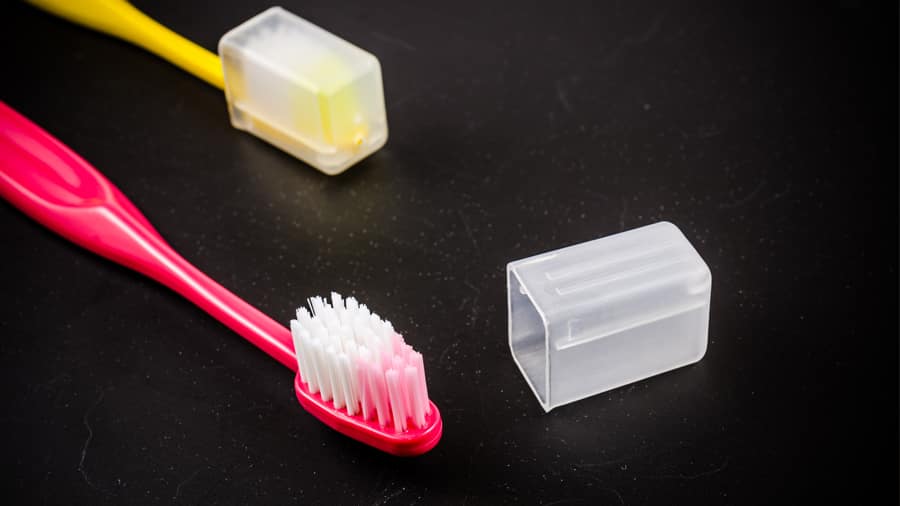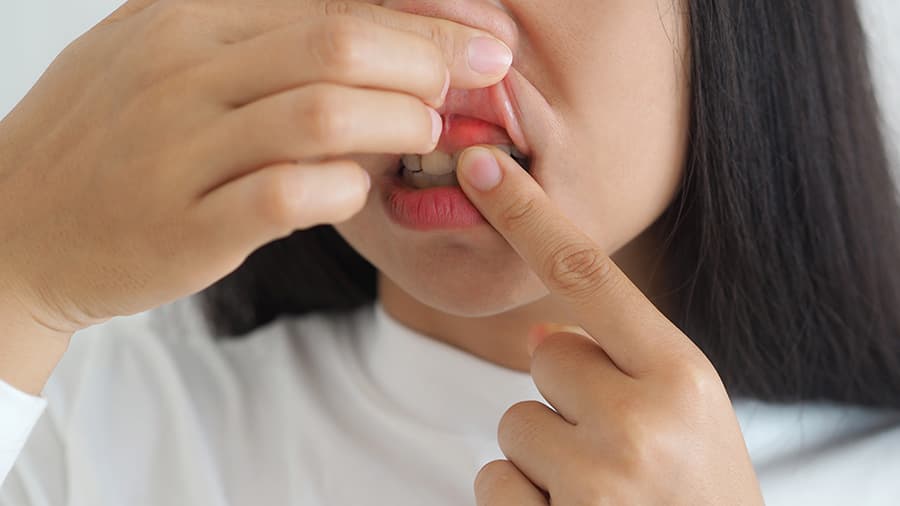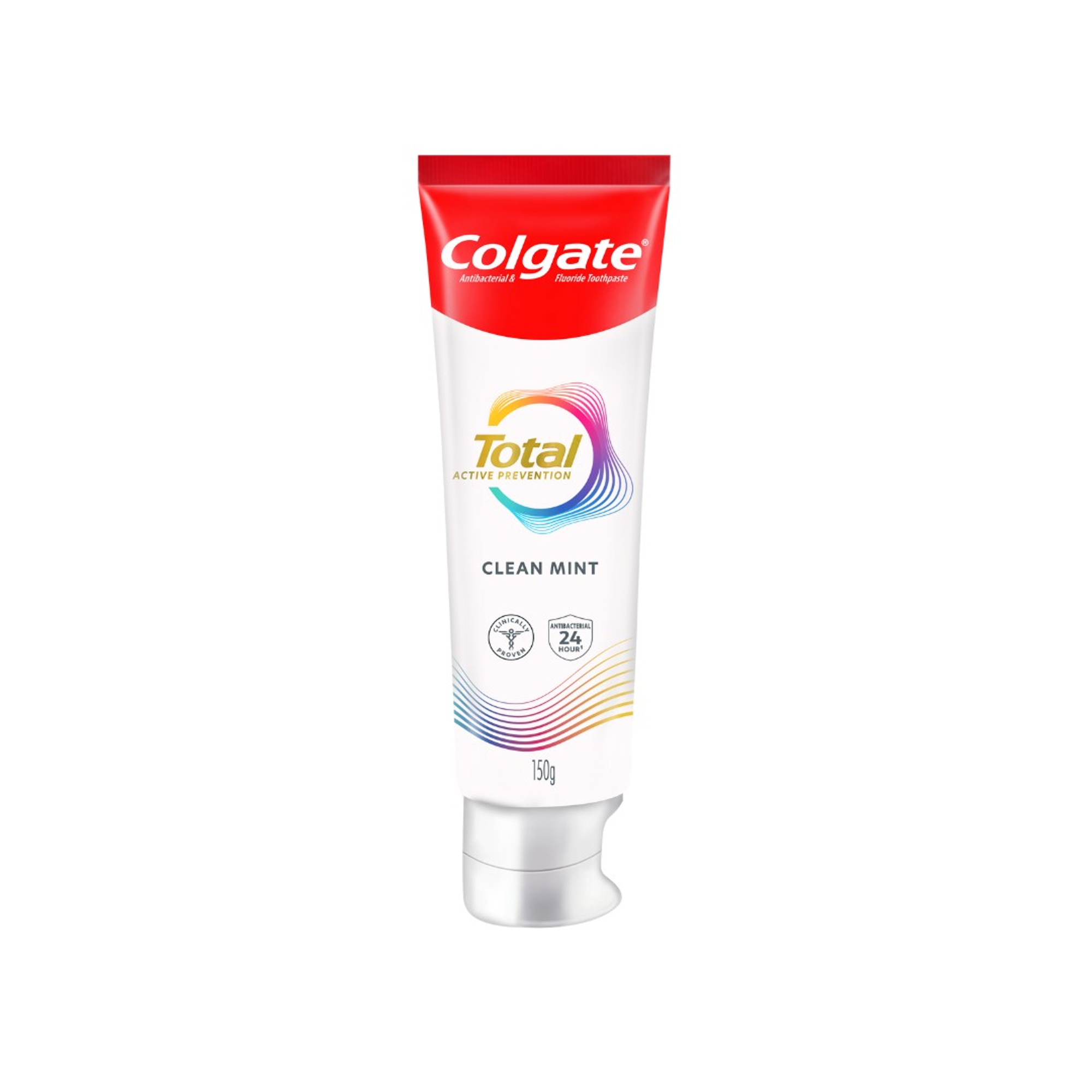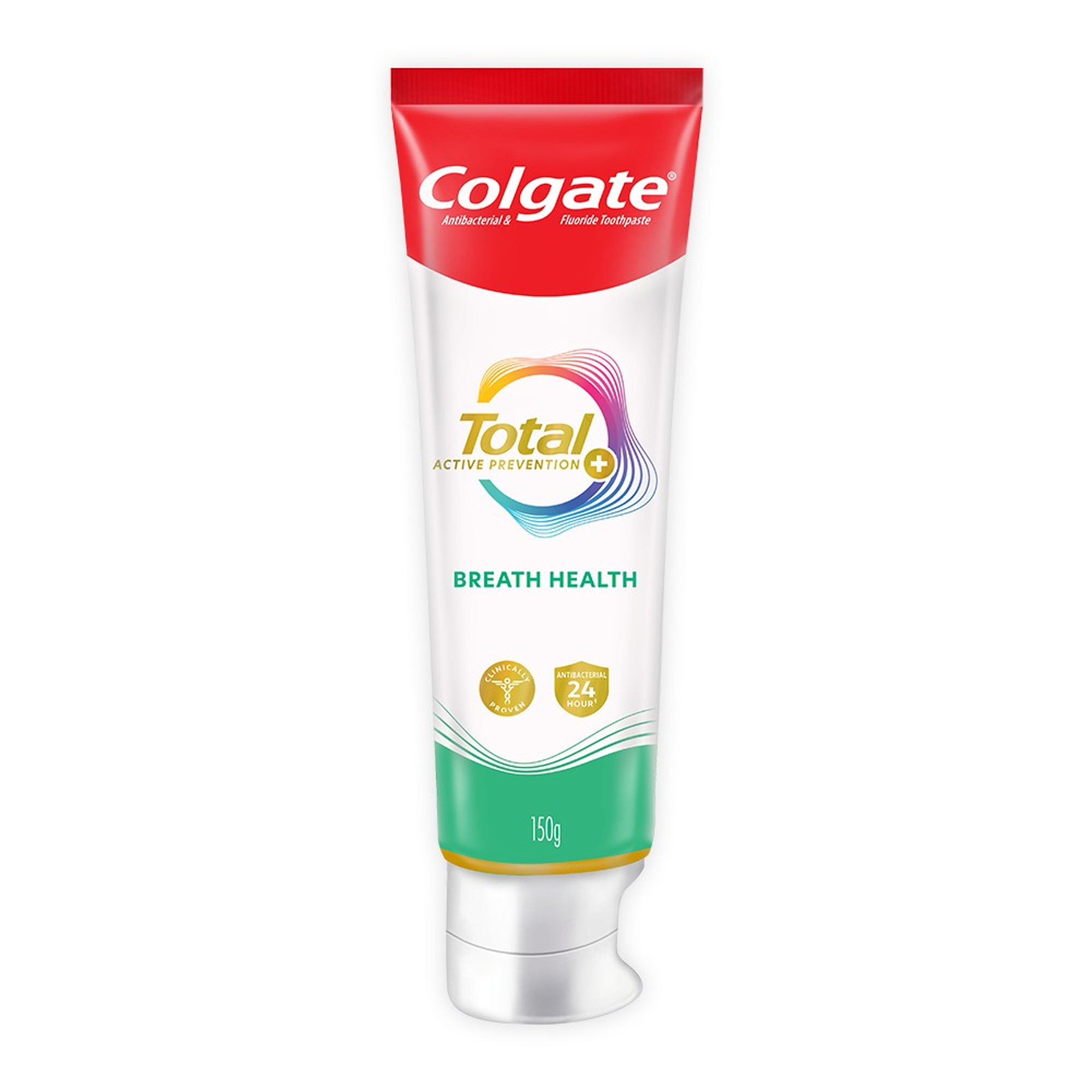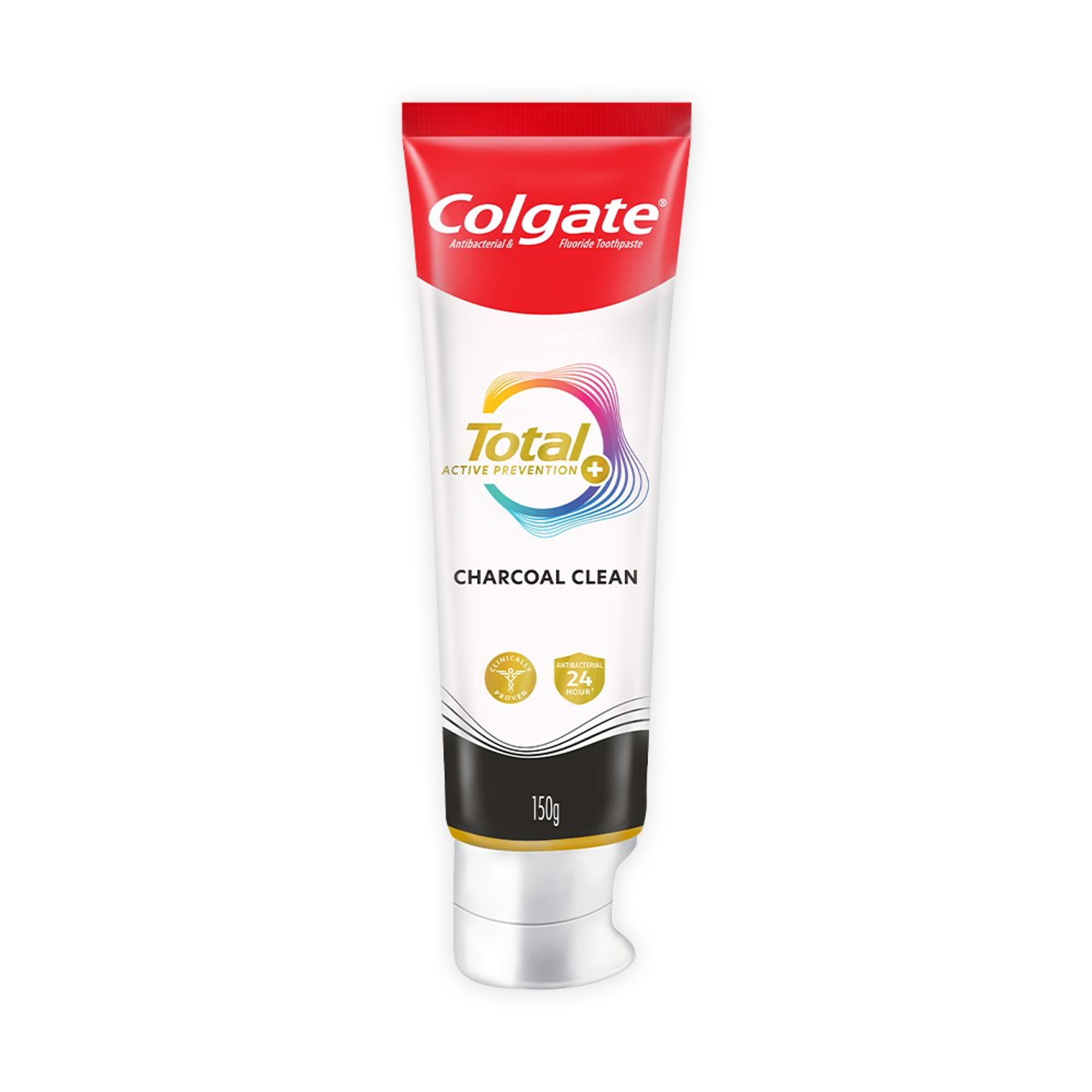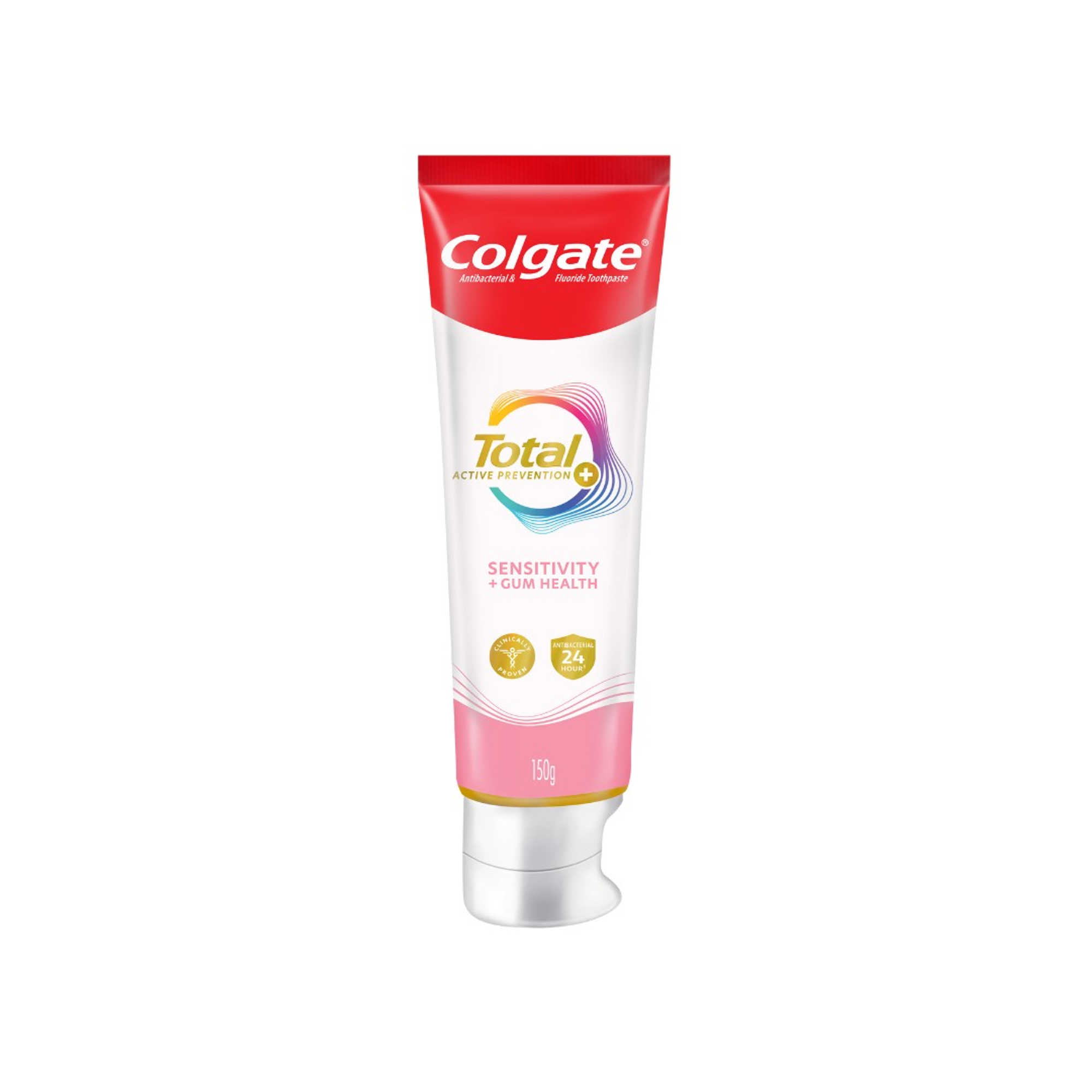History of Toothbrushes
Toothbrushing tools date back to 3500-3000 BC when the Babylonians and the Egyptians made a brush by fraying the end of a twig. Tombs of the ancient Egyptians have been found containing toothsticks alongside their owners. Around 1600BC, the Chinese developed "chewing sticks" which were made from aromatic tree twigs to freshen breath.
The Chinese are believed to have invented the first natural bristle toothbrush made from the bristles from pigs' necks in the 15th century, with the bristles attached to a bone or bamboo handle. When it was brought from China to Europe, this design was adapted and often used softer horsehairs which many Europeans preferred. Other designs in Europe used feathers.
The first toothbrush of a more modern design was made by William Addis in England around 1780 – the handle was carved from cattle bone and the brush portion was still made from swine bristles. In 1844, the first 3-row bristle brush was designed.
Natural bristles were the only source of bristles until Du Pont invented nylon. The invention of nylon started the development of the truly modern toothbrush in 1938, and by the 1950s softer nylon bristles were being made, as people preferred these. The first electric toothbrush was made in 1939 and the first electric toothbrush in the US was the Broxodent in 1960.
Today, both manual and electric toothbrushes come in many shapes and sizes and are typically made of plastic molded handles and nylon bristles. The most recent toothbrush models include handles that are straight, angled, curved, and contoured with grips and soft rubber areas to make them easier to hold and use. Toothbrush bristles are usually synthetic and range from very soft to soft in texture, although harder bristle versions are available. Toothbrush heads range from very small for young children to larger sizes for older children and adults and come in a variety of shapes such as rectangular, oblong, oval and almost round.
The basic fundamentals have not changed since the times of the Egyptians and Babylonians – a handle to grip, and a bristle-like feature with which to clean the teeth. Over its long history, the toothbrush has evolved to become a scientifically designed tool using modern ergonomic designs and safe and hygienic materials that benefit us all.
History of Toothpastes
Egyptians are believed to have started using a paste to clean their teeth around 5000BC, before toothbrushes were invented. Ancient Greeks and Romans are known to have used toothpastes, and people in China and India first used toothpaste around 500BC.
Ancient toothpastes were used to treat some of the same concerns that we have today – keeping teeth and gums clean, whitening teeth and freshening breath. The ingredients of ancient toothpastes were however very different and varied. Ingredients used included a powder of ox hooves' ashes and burnt eggshells, that was combined with pumice. The Greeks and Romans favored more abrasiveness and their toothpaste ingredients included crushed bones and oyster shells. The Romans added more flavoring to help with bad breath, as well as powdered charcoal and bark. The Chinese used a wide variety of substances in toothpastes over time that have included ginseng, herbal mints and salt.
The development of toothpastes in more modern times started in the 1800s. Early versions contained soap and in the 1850s chalk was included. Betel nut was included in toothpaste in England in the 1800s, and in the 1860s a home encyclopedia described a home-made toothpaste that used ground charcoal.
Prior to the 1850s, 'toothpastes' were usually powders. During the 1850s, a new toothpaste in a jar called a Crème Dentifrice was developed and in 1873 Colgate started the mass production of toothpaste in jars. Colgate introduced its toothpaste in a tube similar to modern-day toothpaste tubes in the 1890s.
Until after 1945, toothpastes contained soap. After that time, soap was replaced by other ingredients to make the paste into a smooth paste or emulsion - such as sodium lauryl sulphate, a common ingredient in present-day toothpaste.
In the second half of the twentieth century modern toothpastes were developed to help prevent or treat specific diseases and conditions such as tooth sensitivity. Fluoride toothpastes to help prevent decay were introduced in 1914. Toothpastes with very low abrasiveness were also developed and helped prevent the problems caused by overzealous brushing.
Toothpastes today typically contain fluoride, coloring, flavoring, sweetener, as well as ingredients that make the toothpaste a smooth paste, foam and stay moist. Toothpaste in tubes is used throughout the world and has been a very successful invention.





